Sivas (Greek: Σίβας) is a village situated in the southwestern part of the Messara plain in Crete, Greece. It falls under the jurisdiction of the Heraklion regional unit and is part of the Municipality of Phaistos. The village is nestled at an elevation of 110 meters above sea level. The primary occupation of its inhabitants is agriculture. Sivas is located approximately 62 kilometers from Heraklion, the capital of Crete. Within the village, one can find the sacred church of Agios Ioannis Prodromos (Saint John the Baptist).
The village is encircled by numerous chapels, totaling eleven in number. Among them is the chapel dedicated to Agios Ioannis Xenos (Saint John the Stranger), who is believed to have originated from Sivas. In fact, his residence has been preserved to this day and has been transformed into a small chapel. The church of Agios Ioannis Xenos stands at the southeastern entrance of the village, while the small chapel of his former dwelling is situated on an uphill road, about 200 meters from the church, within the village boundaries. Other notable chapels in the vicinity include those dedicated to Agios Nikolaos (Saint Nicholas), Agios Spyridon (Saint Spyridon), Profitis Ilias (Prophet Elijah), Agios Efmenios, Agios Panteleimon (Saint Panteleimon), Agios Georgios (Saint George, located in the village cemetery), Panagia Alisodemeni (Virgin Mary Bound in Chains), Agia Marina (Saint Marina), Agia Paraskevi (Saint Paraskevi), and Agia Anna (Saint Anna). The village celebrates its feast day on August 29th.
Sivas boasts a kindergarten, a primary school, a regional medical clinic, community offices, and the cultural association of Sivas named “Themos Kornaros.” Additionally, near the village, within the community of Pigaidakia, lies the Holy Monastery of Panagia Odigitria (Virgin Mary the Guide). In the past, Sivas fell under the jurisdiction of the Pyrgiotissa province.
Regarding the village’s name, the masculine form “Sivas” is currently prevalent, replacing the older feminine form “Siva.” This change was implemented to avoid confusion with another village named Siva located in the Malevizi province of Heraklion.
Etymology
The name “Sivas” has an intriguing etymology. While the village shares its name with the Hindu god Shiva, there’s no known connection between the two. The most widely accepted theory suggests that the name derives from the Arabic word “siva,” meaning “source” or “spring.” This aligns with the historical abundance of natural springs in the region, which likely played a crucial role in the village’s establishment and growth.
Settlement: Key Points
- Historical References: Mentioned in documents as early as 1271, birthplace of Agios Ioannis Xenou.
- Location: Southwestern Messara plain, Crete, Greece. Elevation: 110 meters.
- Historical Significance: Birthplace of Agios Ioannis Xenou, evidence of Minoan history.
- Population Data:
Year |
Population |
|---|---|
1881 |
357 |
1900 |
512 |
1920 |
583 |
1928 |
631 |
1940 |
628 |
1951 |
635 |
1961 |
640 |
1971 |
504 |
1981 |
485 |
1991 |
439 |
2001 |
401 |
2021 |
369 |
- Current Status: A small agricultural village with a rich history and cultural heritage.
Sivas Today
Today, Sivas remains a charming and traditional village, attracting visitors with its historical sites, picturesque landscapes, and warm hospitality. The village’s cultural association, “Themos Kornaros,” actively organizes events and activities, preserving and promoting the local traditions and heritage. One of the village’s highlights is the unique and historic coffee shop owned by Kostas Argyrakis. This traditional coffee shop, untouched by the passage of time, offers a glimpse into the past and serves as a gathering place for locals and visitors alike.













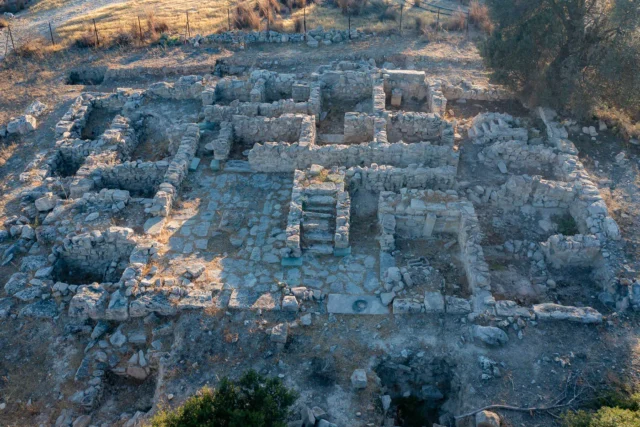



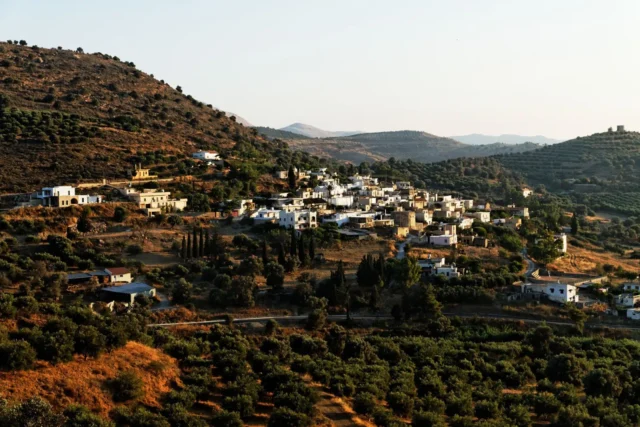
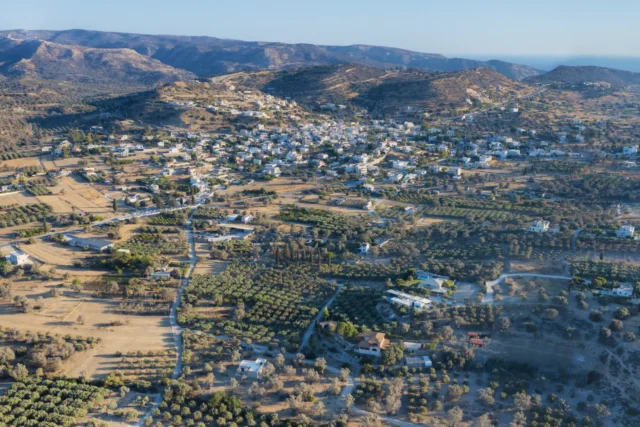

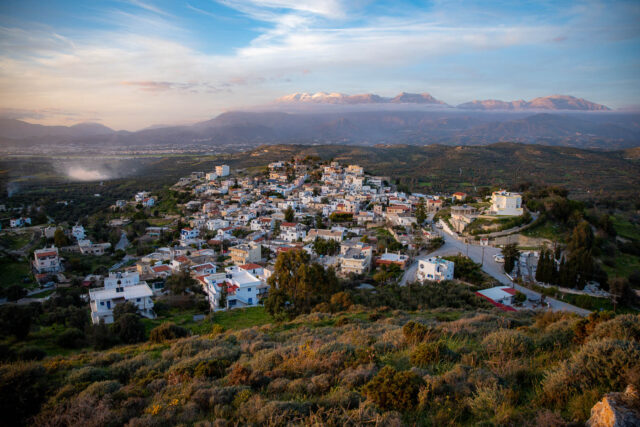
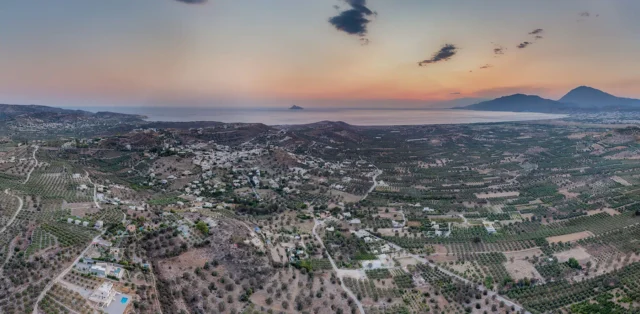
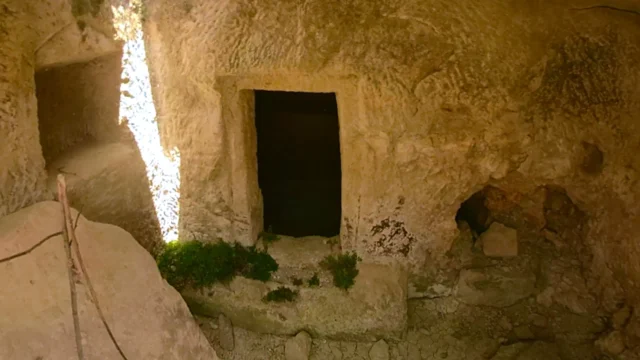


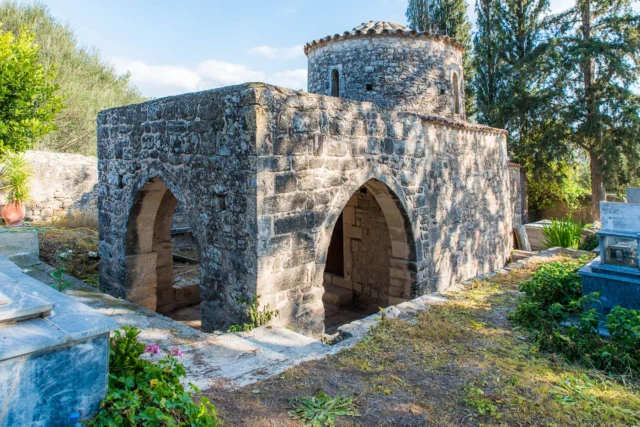
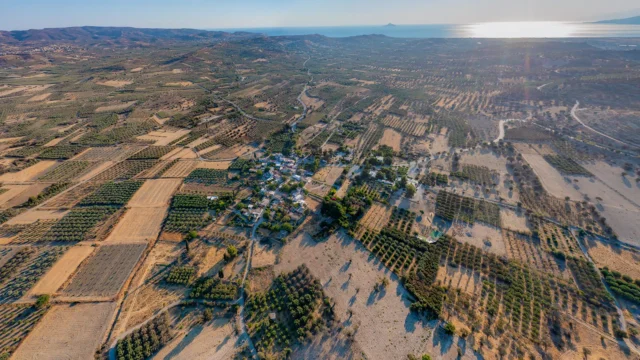
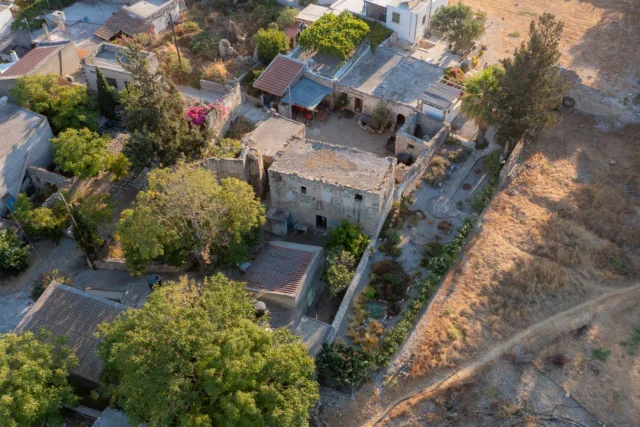
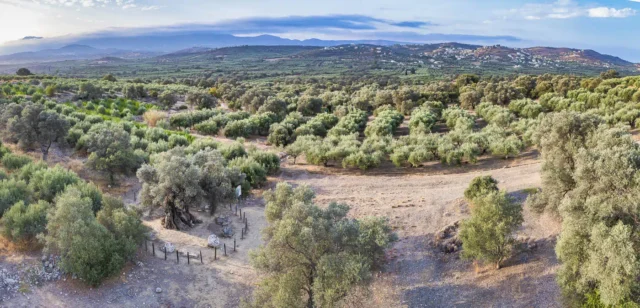
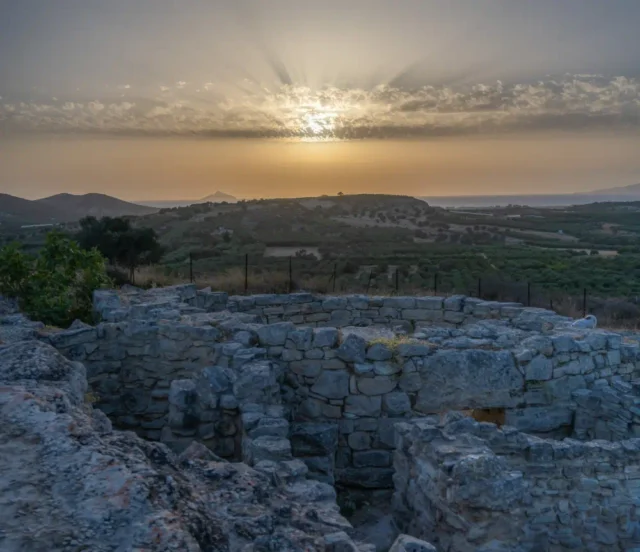
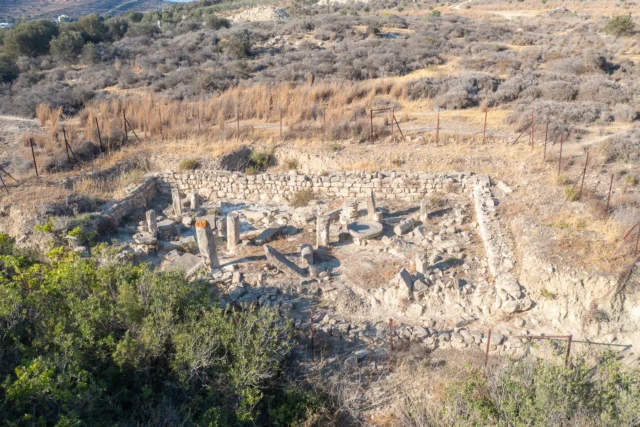
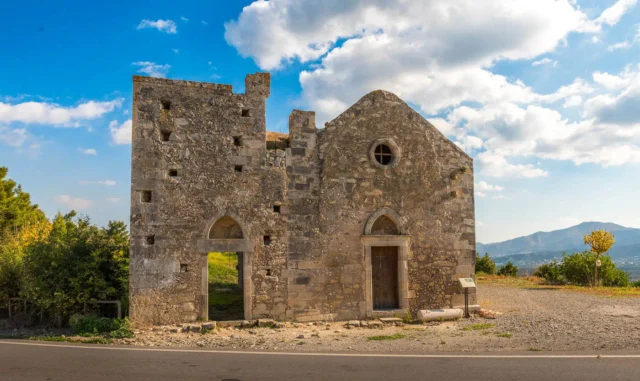
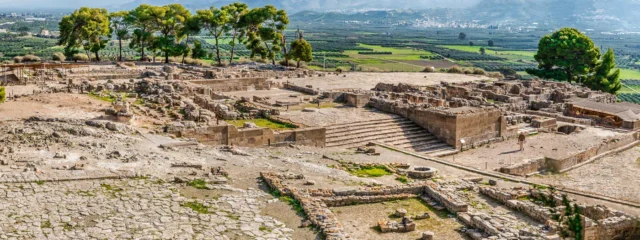
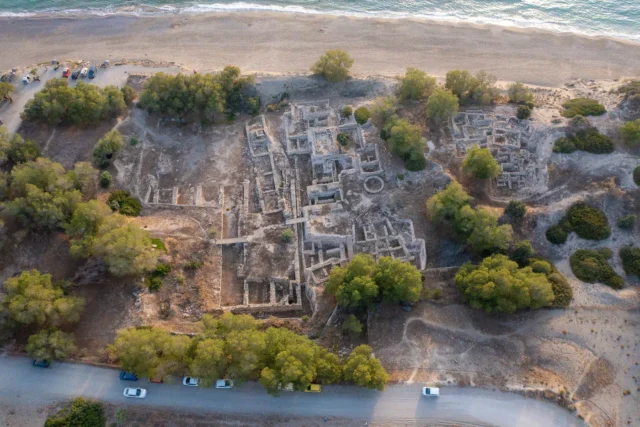
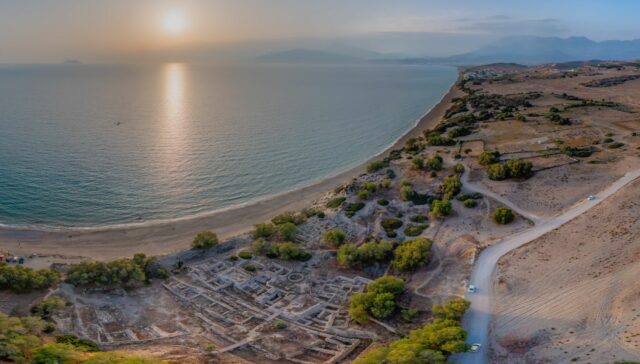

There are no comments yet.